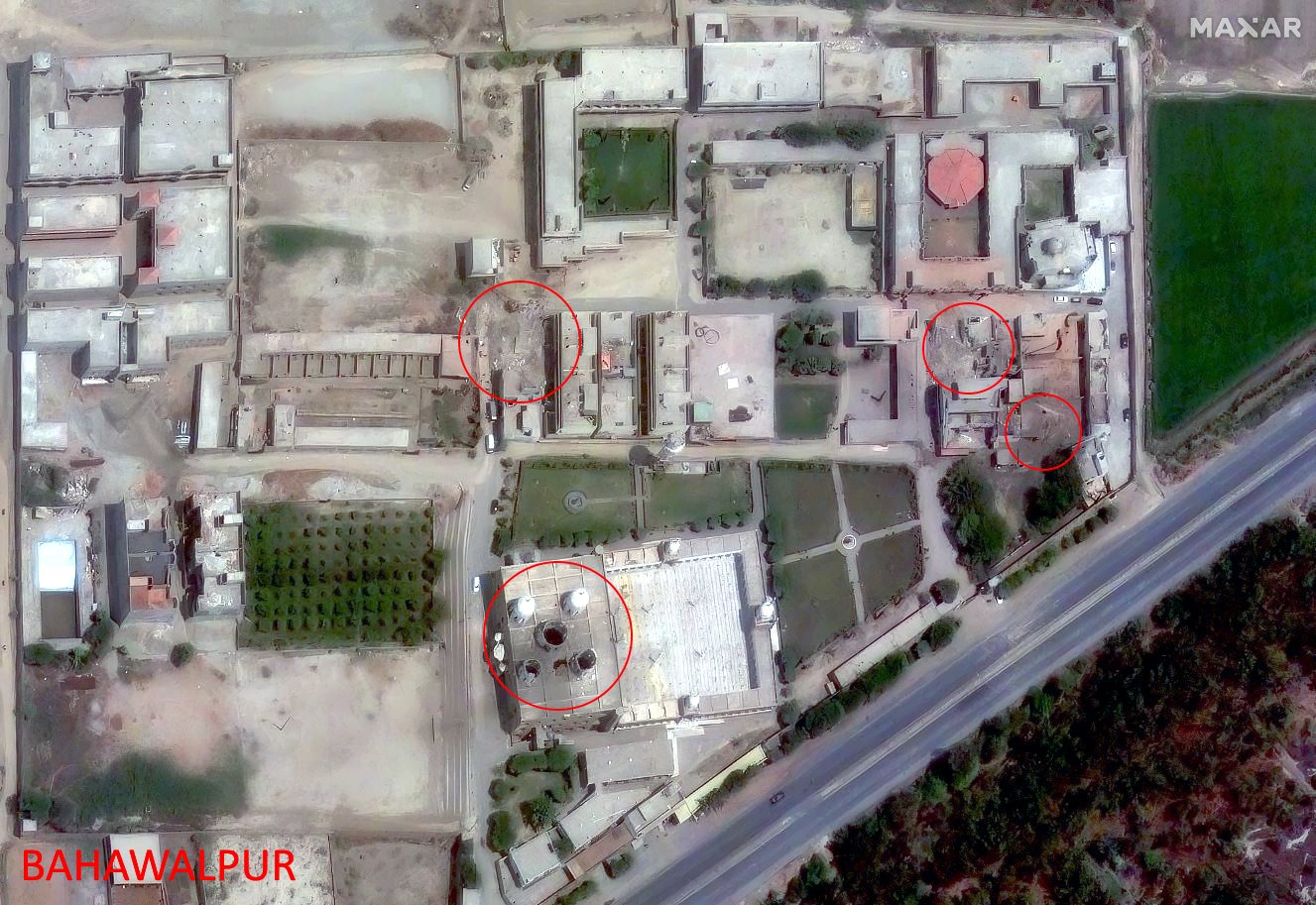Dear Reader It was a week in which Prime Minister Narendra Modi inaugurated Kartayva Path in the heart of the nation’s capital and located it at the core of a grand and continuing national project of erasing the old and building a new “cultural infrastructure”. It was also the week when Rahul Gandhi kicked off a Congress yatra through 12 states over 150 days. Here’s how he framed his challenge: “We used to fight a political party, but now the fight is not between one political party and another political party. Now the fight is between the structure of the Indian state and the opposition”. It is not every week that you get such a telling glimpse, one after the other, of the big picture from both sides of the political fence. Rewind to Modi’s Thursday’s speech to sense the breadth of his ambition. He spoke of doing away with the past — like Rajpath, which, he said, was gone forever, “Rajpath ka astitva samaapt ho gaya”, “hamesha ke liye mit gaya”. Kartavya Path was part of the ongoing reconstruction on the debris of the old — “naye itihas ka srijan (making of a new history)”. Because the renewal of the nation's “aatma” or national consciousness calls for a new “architecture”. Modi framed the renaming of Rajpath as an element of an ongoing national makeover which encompasses and includes “desh ka vichar, desh ka vyavahar”, the way the nation thinks and acts. Kartavya Path, he said, is a “jeevant marg”, a living path, to the India of the future. The India of the future would choose its own heroes, different from those who have dominated national imagination so far — Netaji’s statue was also unveiled in a canopy next to India Gate by the PM on Thursday. New India will have its own “naam … pehchaan (name and identity)”, “sankalp (resolve)”, “lakshya (goals)” and “prateek (symbols)”. After listening to the PM’s speech, we wrote in our editorial, “For him and his party, 2014 inaugurated a rupture — not just a change from politics-as-usual in the erstwhile Congress-dominated system, but a deeper and more fundamental cultural shift. That shift is now being mapped and consecrated on the nation’s landscape, one renaming, one make-over and one take-over at a time…” Catch up with Rahul Gandhi on-a-yatra and you can see that he senses the daunting challenge looming before him and his party. But you also get the impression that he doesn't quite see how deep it is. Rahul has pointed, on several occasions, to the BJP’s grip on institutions, its bid to harness state power to intimidate its opponents and deny them space. There is truth in what he says. The BJP has shown a will to occupy and influence institutions, it has wielded central agencies like CBI and ED and weaponised vaguely worded laws to selectively target its rivals. But what Rahul seems to miss is that the BJP’s bid to corner and cramp its opponents is only one side of its project — the other side is people-facing. The BJP is also constantly reaching out to the people, playing up and pushing out ideas and feelings, aspirations and primal impulses, prejudices and resentments, fear and hate, their self-image and sense of belonging to a wider whole. It is here that the Opposition, including and mainly Congress, are not meeting the BJP’s challenge. They are not able to point to the evident arrogance and hubris, the bigotries and exclusions in the BJP’s project because of their own ambivalence, and because they lack a clean slate. But also because they simply don't have an inner drive that is as powerful, or an alternative world view that is as meticulously crafted. The Bharat Jodo Yatra is supposed to be about Congress going to the people. It would be fruitful only if the party is also ready to climb out of the bubbles and echo chambers it seems to have locked itself in, and if it is prepared to see and listen. The challenge before it is much larger and goes far deeper than it thinks. Take care, Vandita | 
No comments:
Post a Comment